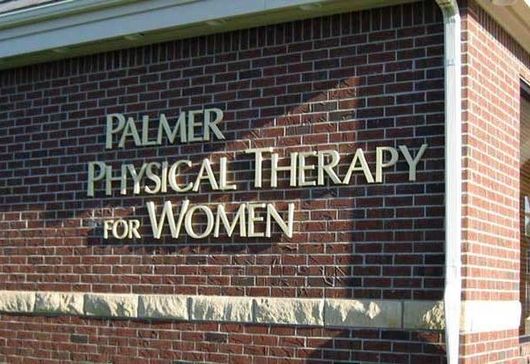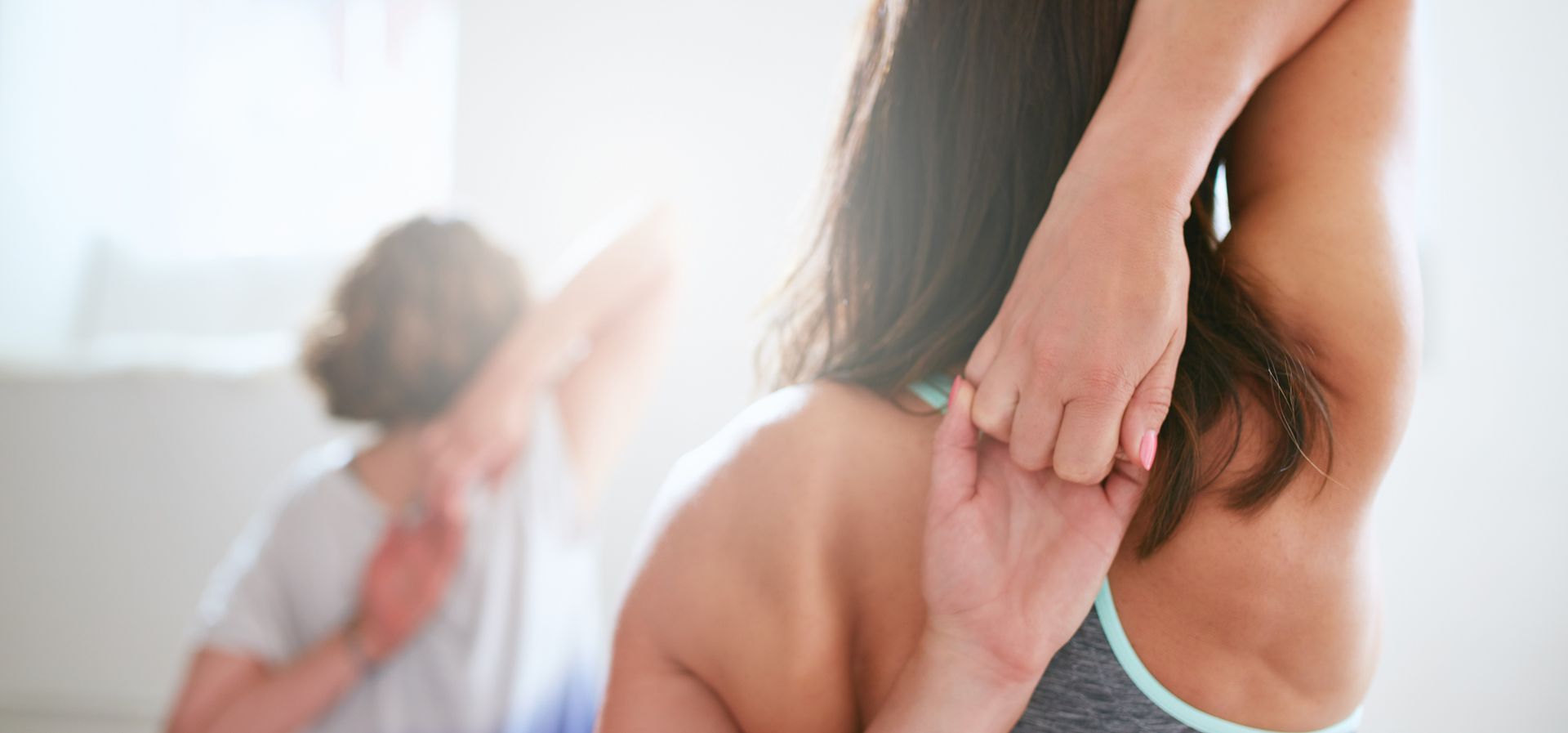12 February 2024
Are you or someone you know an “exercise junkie?” Do you worry about your weight, restrict your food and fluid intake, diet constantly or exercise excessively to avoid gaining weight? Has your menstrual cycle been disrupted, is it erratic or has it stopped altogether? Do you feel stressed or depressed? Have you resorted to taking diet pills and laxatives? Do you ever force yourself to vomit after eating? These are a few of the questions health professionals may ask if they suspect someone may be a victim of the female athlete triad, which includes disordered eating, amenorrhea and osteoporosis. Women and girls with this condition exhibit signs of pathogenic weight control and are at high risk for many medical problems. Eating Disorders Eating disorders span the spectrum from restrictive eating or avoiding certain foods to anorexia or bulimia. Disordered eating results in a negative energy balance, where more calories are being used than consumed. An electrolyte imbalance can occur, which can lead to dehydration, decreased thermal regulation, cardiovascular problems, poor healing and even sudden death. Most people have heard of anorexia nervosa, which is an eating disorder characterized by an intense fear of fatness, an abnormal body image, absent or disrupted periods and weight loss to less than 85 percent of normal. There may also be associated signs like low blood pressure, slow heart rate, dry skin and nails, hair loss or thinning and excessive fine hair on the sides of the face and arms. Bulimia nervosa is a related eating disorder characterized by recurrent bingeing and purging, two times a week or more. Associated signs may include enlarged salivary glands, periodontal disease, conjunctival bleeding and scars on the back of the hand from repetitive, forced vomiting. Statistics show that about one in every 100 women binges and purges to lose weight. Amenorrhea Menstrual dysfunction occurs in women and girls with disordered eating. Primary amenorrhea is a condition in which girls do not start their periods by age 16 when the usual sex characteristics are present or by age 14, if no other sex characteristics are present. Secondary amenorrhea is a condition in which the period is absent or irregular and is diagnosed in previously menstruating women when there is an absence of three consecutive periods, or less than two cycles per year. Athletic amenorrhea is a condition that falls under this secondary category and occurs when there is a combination of caloric restriction, excessive exercise, emotional stress and low body fat. Health Consequences Health consequences that may result from eating disorders and amenorrhea include osteoporosis, stress fractures, scoliosis, infertility and cardiovascular disease. Osteoporosis, in this instance, is a premature loss of bone in premenopausal women, an inadequate formation of bone or a combination of both. People at high risk of osteoporosis are likely to include women of slender build, those with low calcium intake, those with a family history and those of caucasian and Asian heritage. Female Athlete Triad When the eating disorders, amenorrhea and osteoporosis exist together, it may be diagnosed as the female athlete triad, which occurs most frequently in athletic women but can also affect non-athletic women and girls. The true prevalence is not known because it is often unreported or underdiagnosed. Prevention and treatment should include a multidisciplinary approach by physicians, dietitians, psychologists, physical therapists, nurses, coaches, athletic trainers, dentists and family. Appropriate history and education are the keys to recognition of the problem and prevention. Counseling and family support may help in determining the underlying cause, promoting a healthy body image, promoting healthy eating habits and addressing issues, such as stress, anxiety and depression. Proper exercise should be in an appropriate balance with the fuel consumed to achieve and maintain a healthy body and lifestyle. For more information regarding diet, nutrition, and exercise, please consult your physician, a nutritionist and a women’s health physical therapist. Ann Sundgren, PT Palmer Physical Therapy for Women









